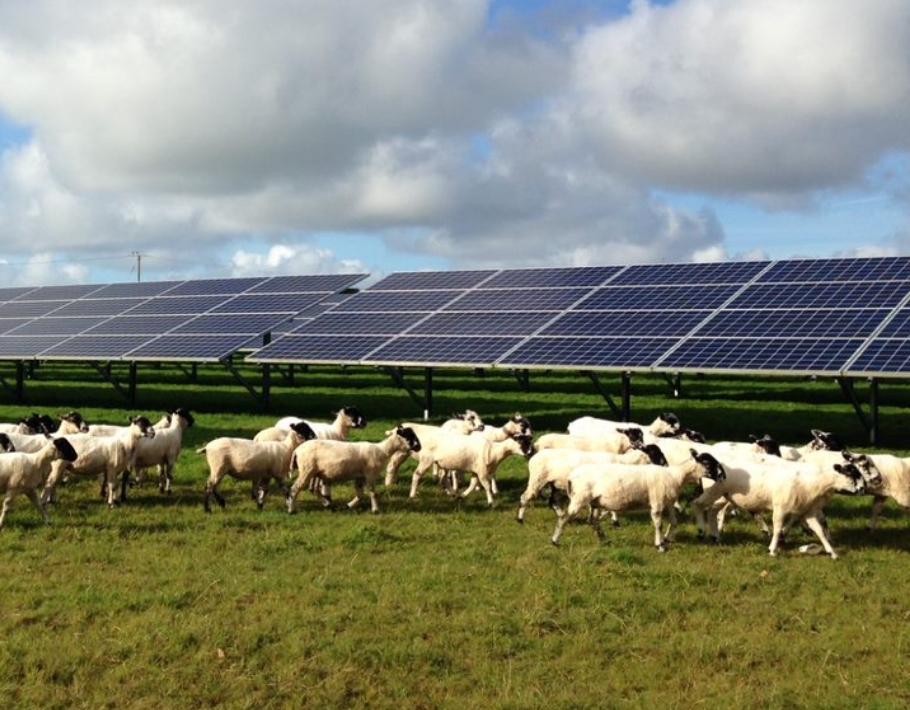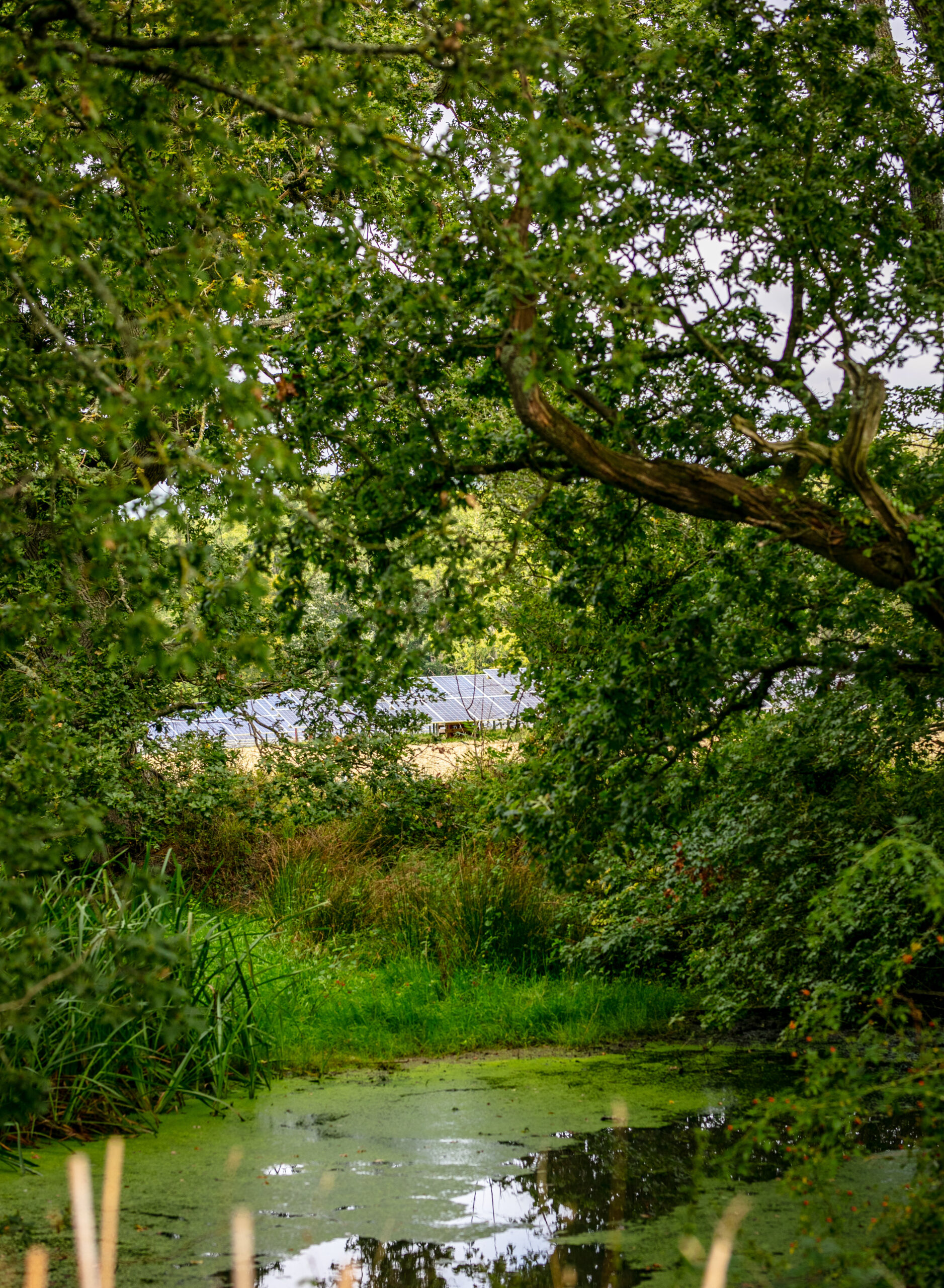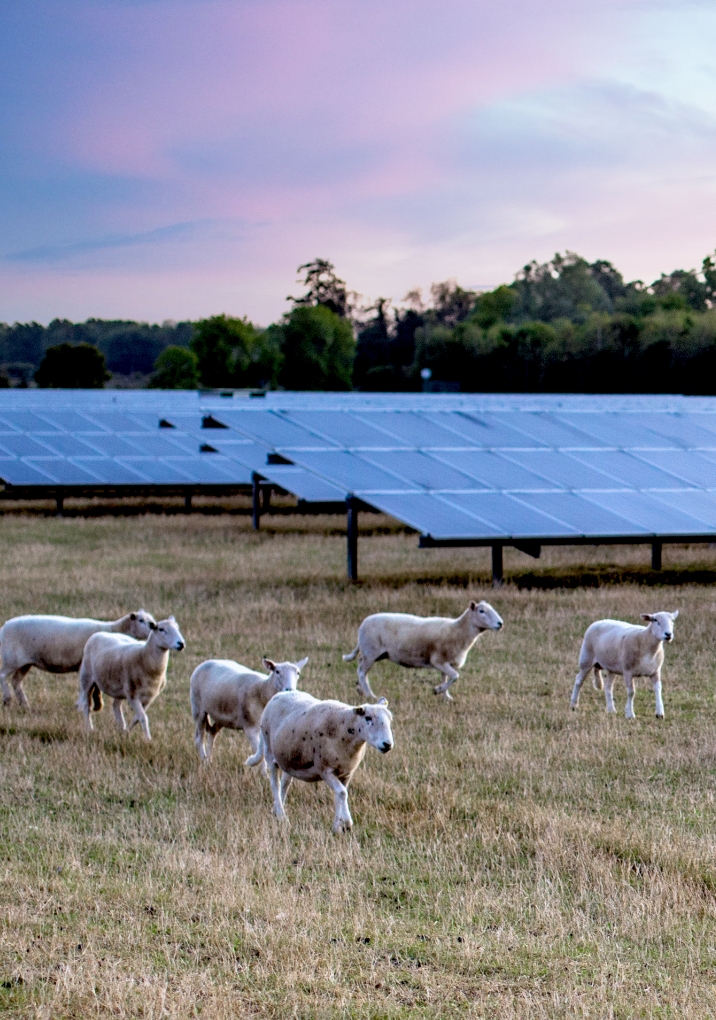Generating local value

BSIF believes the assets within its portfolio can generate positive local value, for example through community benefit payments, educational initiatives, and nature enhancement. But BSIF is also mindful of the potential adverse impacts its operations could have, particularly relating to environmental impacts during construction, or human rights issues within the wider supply chain. As such, BSIF is focused both on how it can increase its positive contribution toward the communities and environments surrounding its sites, whilst at the same time reducing its negative impacts where possible.

Nature
Climate change and ecological impact are intrinsically linked, and both require urgent action. BSIF aims to generate positive value in both of these areas simultaneously, focusing upon Biodiversity Net Gain (BNG) across the portfolio as an additional way to mitigate climate change beyond its contribution to the Net Zero transition. Given the alarming rate of biodiversity decline in the UK, and the thousands of acres of land under management, BSIF has the opportunity to go beyond its mandatory requirements to deliver ecological gain.
BSIF has adopted a biodiversity policy which reflects its aspiration enhance biodiversity across its portfolio.. To help build up a baseline set of ecological data, BSIF has committed to conducting biodiversity assessments across at least 10% of its sites annually (for wholly owned assets >1MW in capacity).

BSIF manages its ecological impacts across the operational cycle1 of its assets. Bluefield Operations Ltd is responsible for ensuring each asset complies with its Landscape and Ecological Management Plan (LEMP). The LEMP is often created during the planning phase of a new project, and specifies enhancement measures which should be implemented to support (and potentially increase) nature present on-site, including wildflower seeding, bat and bird box installation, mammal gates and hibernacula.

Community impact
A focus for BSIF is how it can increase its positive contribution towards the communities surrounding its portfolio. Community perception of renewable technology is important as it feeds into local decision making, policy development and ultimately planning requirements.
Engagement undertaken as part of the planning process helps develop positive relationships with local stakeholders and obtain community support. Bluefield Development, currently developing a solar and battery pipeline for BSIF, prides itself on going beyond minimum requirements to actively engage community representatives, such as Parish Councils, as early in the planning process as possible.
Once assets are operational, community engagement is maintained through long-term relationships with landowners and the administration of community benefit funds.
5MWp
This 5MW site in South Wales was developed, funded through construction and now managed by the Bluefield Group.
The project was a development opportunity that was given planning permission in 2016 and was grid connected in March 2017. It is a good use of land that looks down onto the M4 motorway and is an example of the broad range of expertise that the Bluefield Group has from development through to long term operation of a solar farm.
4.1MWp
The Bluefield Group advised on the acquisition of this asset in 2014. The asset is situated on the site of Toyotas car manufacturing plant in Burnaston.
The 4.1MWp site sits within the boundary of the manufacturing base and has a direct wire that takes the electricity straight into the car plant. The plant was the first of its kind in the UK and showed a pioneering commitment to commercial and industrial installations.
50MWp
The Bluefield Group advised on the acquisition of a 50MW farm in 2015, which was the largest solar farm in the UK at the time of construction.
It sits on c.300 acres of an ex-RAF base in the north Norfolk countryside. Bluefield Partners LLP worked with Trina, the owner of the development, on the acquisition pre-construction and acquired the site post-grid connection. The solar farm provides this historically important area with another notable chapter. In the first half of the 18th century local landowner, Charles Townshend, drove the agricultural revolution via the initiative of crop rotation which, arguably, precipitated the industrial revolution. The 20th century saw the site was used as a key RAF base in the Second World War and now, in the 21st century the site provides the next era defining activity by producing renewable energy.
1. Operational cycle refers to the development, construction, asset management and operational phases of the investment lifecycle.

